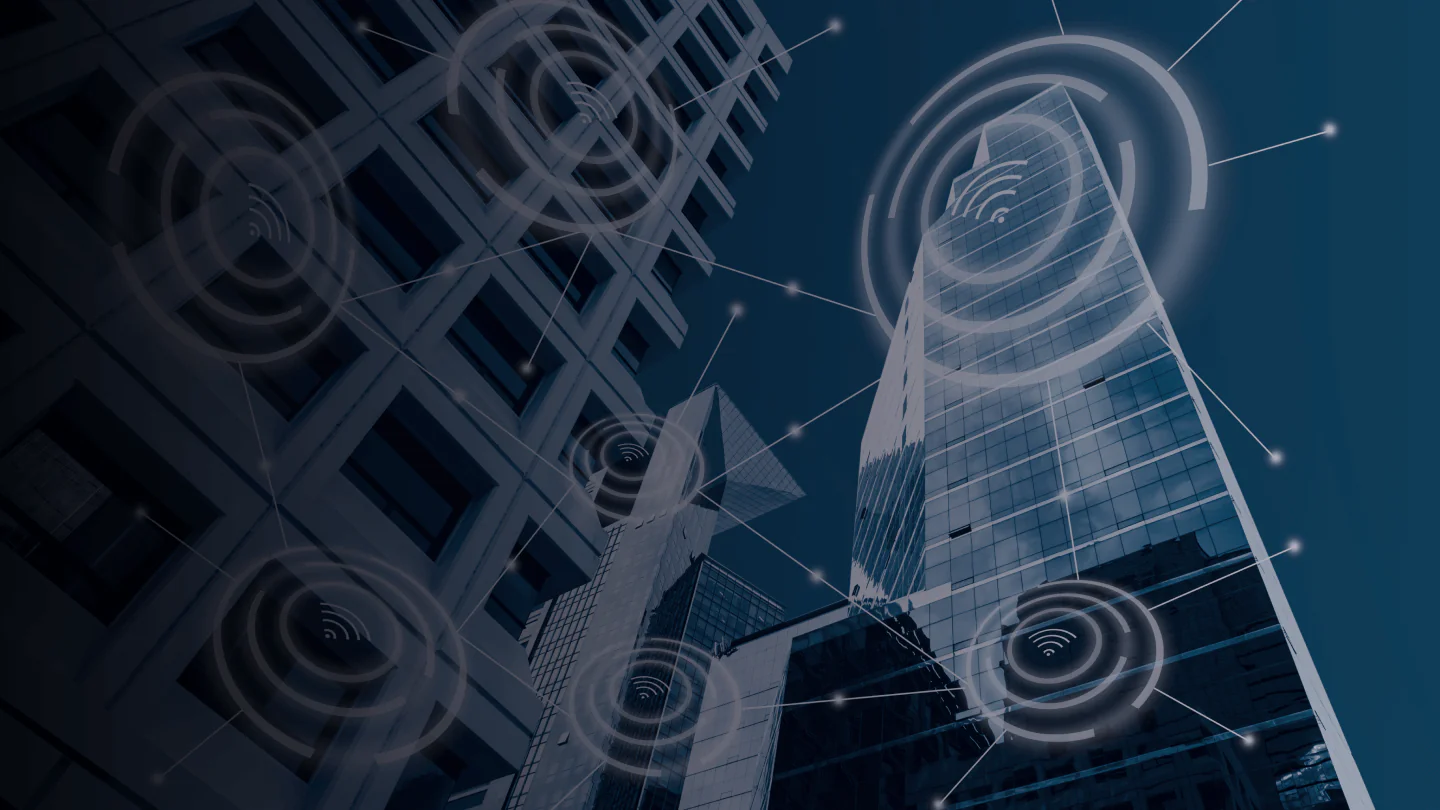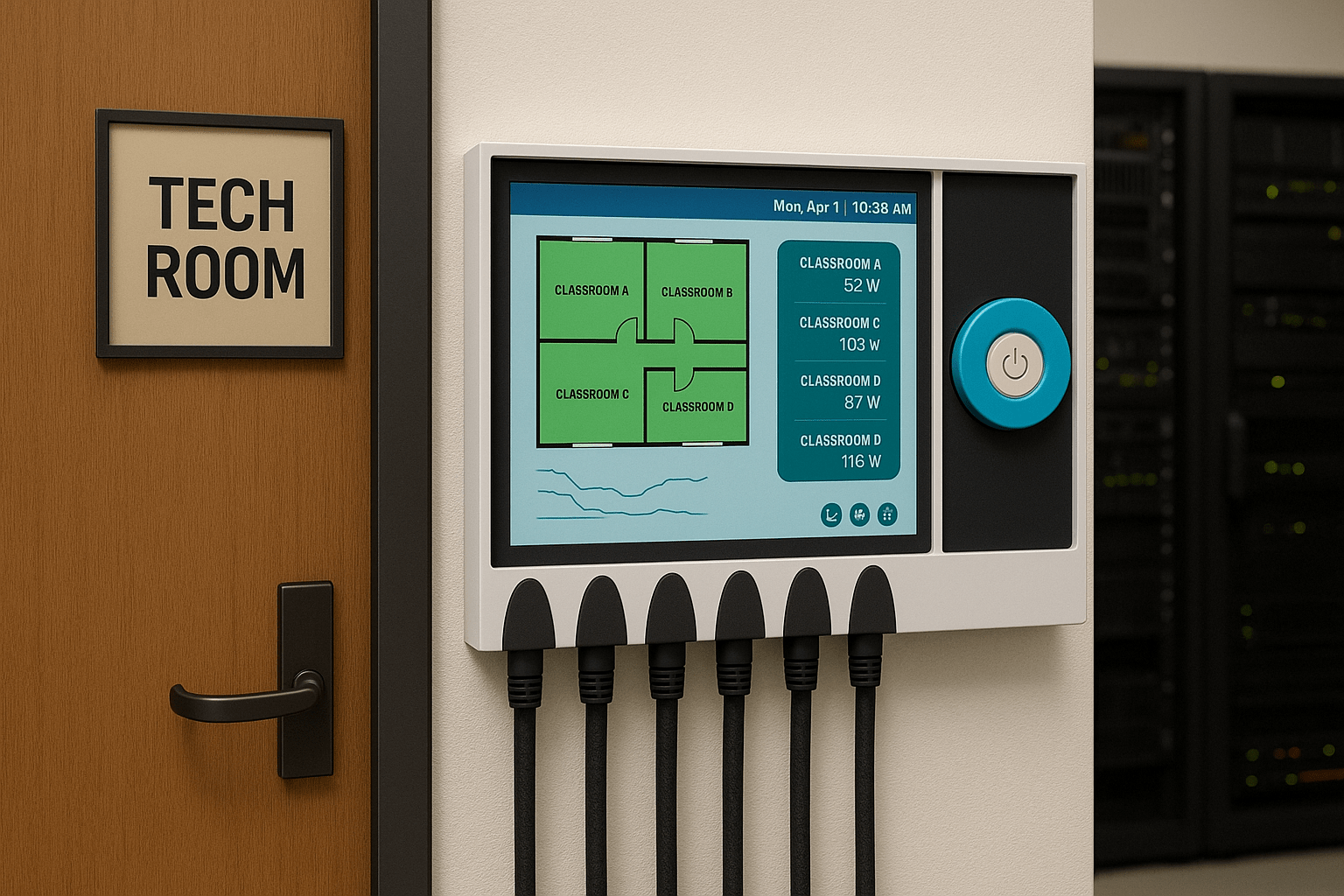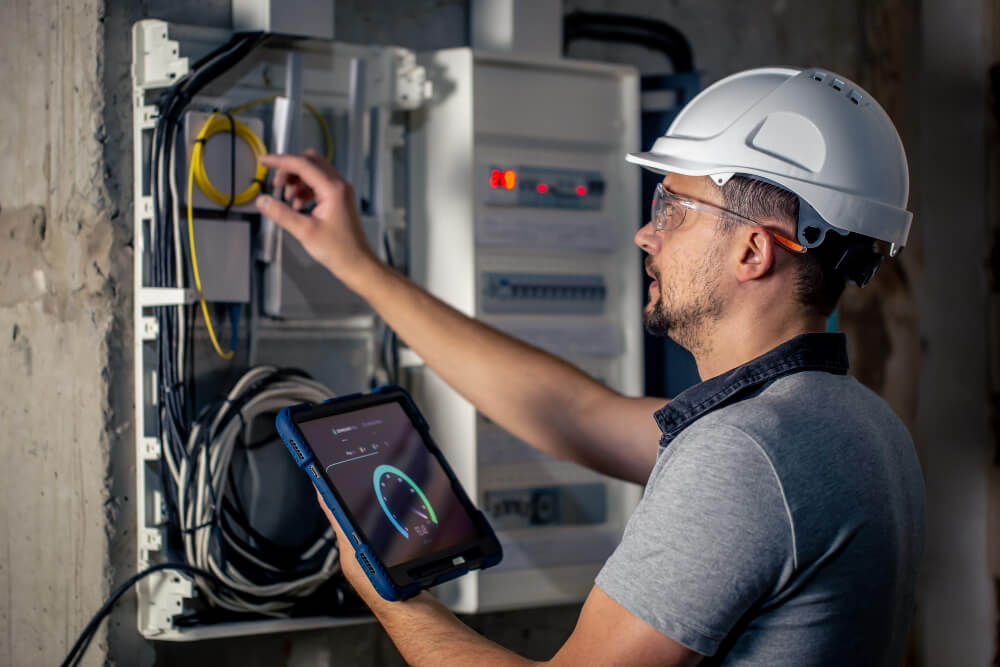
Smart Building Technology: The Definitive Guide
The term “smart building” can be a broad one, but underpinning them all are several key concepts of smart building technology. These shared building blocks create much of the primary functionality of modern smart buildings, which can then be used for the powerful controls and immersive experiences that these buildings are known for.
What is smart building technology?
Smart building technology is any technology related to the monitoring and control of building systems and occupants. More importantly, it’s a digital infrastructure that helps future proof facilities against technological obsolescence. With smart building technology, for example, Internet of Things elements such as lighting and environmental controls can be accessed from a central control alongside more complex systems such as augmented reality and data collection. Put another way, smart building technology is the practical outcome of the smart building architecture design process.
IoT sensors
One of the more powerful tools in the smart building arsenal is the variety of sensors that can be used to track exactly what is happening inside a building. These are used to better understand and help the building’s occupants. Frequently this takes the form of occupancy sensors that can tell how many people are in a space and where they are, which can be used for a variety of purposes: monitoring parking area usage, HVAC regulation, or even enforcing COVID-19 protocols. Deploying IoT devices throughout a location such as a shopping mall can greatly improve the experience for visitors, but managing them can be difficult as each platform has its own app. Smart building technology centralizes those disparate systems for easier and more efficient management.
Digital mapping and digital twins
Creating a true 1:1 duplicate of a building (what’s known as a digital twin) is the most powerful and accurate way that smart building technology can be deployed. Having a perfect digital replica of a building that updates itself in real time based on data from the physical twin allows building managers an unparalleled level of accuracy and control.
Fast and universal internet connectivity
The technologies that underpin smart buildings require a consistent and universal internet connection. That’s achieved by a combination of hardwired ethernet and intelligent WiFi coverage. Many buildings, especially older concrete ones, can be filled with internet dead zones — which is a massive problem in a smart building. Having a room or a hallway that can’t be accurately tracked, or an area where an individual can’t be located, severely hampers the usefulness of these buildings. Only by making sure that an entire facility has good connectivity can the entire building truly be considered “smart”, a key component of smart building systems.
Control center
All of the data flowing from these sensors and connected devices need a way to be controlled. One option would be to run dozens of different apps, one for each system. But that’s inefficient and leads to a lack of interoperability. Instead, a good smart building system runs from a single platform which allows all the incoming data to be managed and controlled from a universal app, be it via computer or smartphone. These types of smart building management systems allow for the most efficient handling of all the various data streams, allowing for lower energy consumption, better security, and faster maintenance.
Augmented reality
Augmented reality is a compelling use case for smart building technology, as it can be used for everything from indoor navigation, directing maintenance to problem areas, or training new hires — all important smart building applications. Augmented reality leverages several technologies already on this list — a combination of sensors and digital mapping — to accurately create a smartphone-viewed overlay on top of the world. It’s the use case that combines many other ideas into one holistic package to radically transform the way an individual can act within a 3D space.
Forward (and backward) compatibility
Intelligent building technologies, like most smart technologies, should be implemented with an eye toward the future. There will always be new and exciting ways to modernize buildings just on the horizon, which may radically change the way we think about a location. Any intelligent building infrastructure should be assembled thinking about the ability to expand and upgrade it as needed — in the form of ample power going to all areas, more bandwidth than immediately necessary, and more.
Not only that, but it’s also wise to also consider backward compatibility too. Can existing centralized systems be updated to work with your new platform? Can you control a 20-year-old HVAC system and an aging security system from your new platform? Or do you need a total overhaul and retrofit? Some can be updated, or workarounds can be established, but sometimes you need to start from scratch.
Smart buildings rely on complex, interlinking networks of systems, all ideally controlled by a single smart building platform. By taking all these disparate systems and having them all in one place, building managers can design better experiences for their tenants, minimize power consumption, and more quickly and accurately fix issues when they arise. Smart building technologies are the key to more efficient, and more user friendly, experiences at every level of use.



